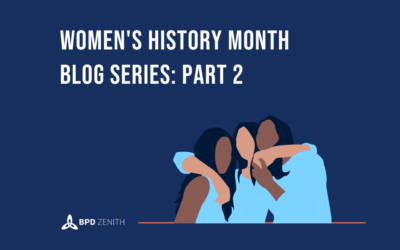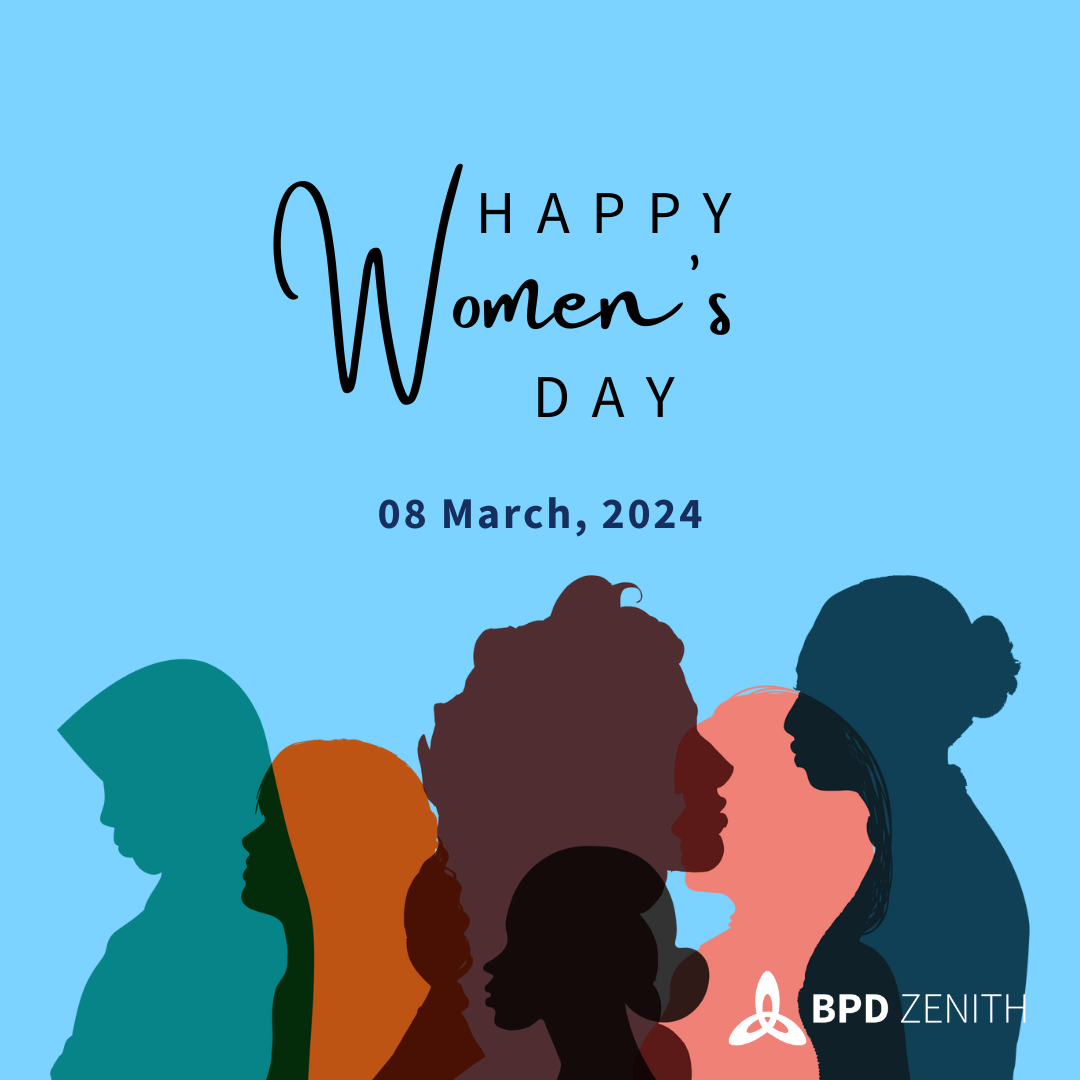It is not uncommon to read about how men and machines have contributed to the history of technological development. But how often do you hear about the women? In celebration of Women’s History Month which was celebrated in March, I have collated a list and am paying tribute to 5 brilliant women who have pioneered the advancement of the technologies we all use today. From computer programmer, Ada Lovelace to one of the first African-American women to work at NASA, Annie Easley, these women are to be commended for overcoming barriers and fostering a diverse area of STEM fields. Please note that this by far is not an extensive list! There are plenty of other reputed women whose contributions to technological growth are just as important. The women mentioned below are just some of my favourite famous women in Technology from the past. So enjoy and ladies – prepare to be inspired!
Pioneering Women in the Tech World
1. Ada Lovelace
When celebrating famous women in Technology from the past, we cannot forget Ada Lovelace. Ada Lovelace was the world’s first computer programmer and a renowned pioneer of computing science. Lovelace was born in 1815 to poet and father, Lord Byron and mother, Anne Isabella Milbanke in London, England. Encouraged by her highly educated mother, Lovelace received fine education from private tutors and quickly developed a passion for mathematics and science.
When Lovelace was 17, she met Charles Babbage, Lucasian Professor of Mathematics at the University of Cambridge. At the time, Babbage was designing a calculating machine called the Difference Machine. Lovelace was riveted with Babbage’s concept but at this time, had little knowledge. Determined to understand how it worked, she requested that Babbage share the machine’s blueprints with her.
In 1842, Lovelace came across a paper called Sketch of Charles Babbage’s Analytical Engine, by engineer Luigi Federico. Babbage was now pursuing a much higher-level computing concept, called the Analytical Engine from his initial difference machine.
Lovelace took Menabrea’s work and translated it to English, adding her own thoughts and identifying an entirely new concept. She hypothesized that analytical engines could be used beyond mathematics to also contribute to music, languages and images. Lovelace’s conclusions would later go on to inspire Alan Turing and his work on modern computing in the 1940’s.
~ Ada Lovelace ~
2. Hedy Lamarr
Hedy Lamarr, born in 1914, is most commonly known for her successful career in entertainment. At the age of 17, she appeared in her first film and continued working with primarily Czechoslovakian and German producers until 1932 when her film Ecstasy caught the attention of Hollywood producers and shortly after, she was signed as an MGM contract star.
From a young age Lamar had always displayed a keen interest towards mathematics, science and engineering. As an adult, she had a small laboratory installed in her trailer where she would pursue different ideas and inventions during set breaks. She learnt a lot from her first husband’s work, Fritz Mandl, who was a renowned Austrian armaments manufacturer with a particular focus on control systems.
When Lamarr was residing in California, she lived next to avant-garde composer, George Anthiel. During the Second World War, the 2 discussed how radio-controlled torpedoes used by the American navy were being disrupted by the enemy thus leading the torpedoes off target. In an effort to combat this, the pair developed the ‘Secret Communications System’ which formed an unbreakable code that protected classified information and message transmissions from being accessed by the enemy.
Although in 1942, the patent for their invention was granted by the National Inventors Council, it was not adopted by the navy until 1962. Eventually, Lamar and Anthiel’s invention would go on to inspire the development of modern communication technologies such as Bluetooth, Wi-Fi and GPS.
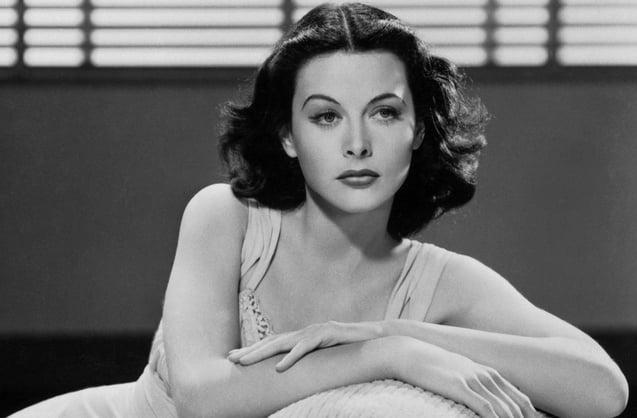
~ Hedy Lamarr ~
3. Annie J. Easley
Annie J. Easley, born in 1933 was a renowned African-American computer scientist, mathematician and rocket scientist. In 1954, Easley moved to Cleveland, Ohio with her husband to pursue a career in pharmacy but after reading an article about 2 twin sisters who worked as ‘human computers’ at NASA (then called the Aircraft Engine Research Laboratory in Cleveland), she was intrigued. Easley applied for a similar position and began her career as a computer scientist and mathematician at NASA, being among the first 4 African-Americans who worked there at the time of her joining.
During her 34 years at NASA, Easley contributed to a myriad of projects. She started off as a ‘human computer’, analyzing problems and solving calculations by hand for researchers. When machines were introduced to replace ‘human computers’, she adapted her skill-set to perform computer programming. At this stage of her career, she developed and implemented code which led to the creation of battery’s used to power hybrid cars as well as the Centaur rocket project which paved the way for future space shuttle launches.
In 1970, Easley returned to University to complete a degree in Mathematics, during which she was working full time and participating in school tutoring programmes to advocate for the increased participation of women and minority students in STEM careers. In the final years of her career, she took on the role of Equal Employment Opportunity counselor during which she addressed and resolved issues of discrimination in gender, race and age. Asides her contributions to NASA, today she is recognized as a key advocate and pioneer for gender and racial diversity in STEM careers.
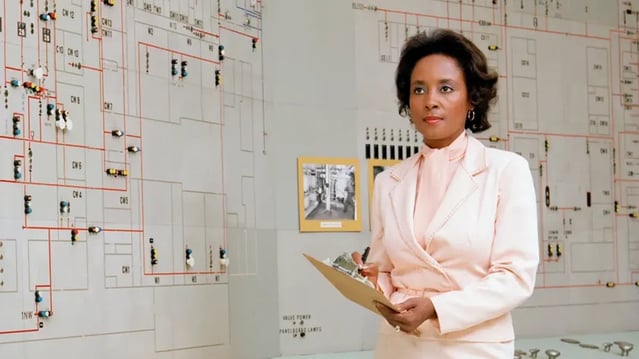
~ Annie J. Easley ~
4. Adele Goldberg
Adele Goldberg is a renowned computer scientist whose concepts became the basis for graphical user interfaces (GUI) that would later go on to inspire the very first Apple computer. Born in Cleveland, Ohio in 1945, Goldberg had always shown an interest in mathematics and science. She completed a bachelor’s degree in Mathematics and received her PhD in Information Sciences.
In 1973, Goldberg began working at PARC (Xerox’s Palo Alto Research Center) as a research and laboratory assistant, proceeding to become the manager of the System Concept’s Laboratory where she led the development of Smalltalk-80. This introduced an era of programming environments that could host overlapping windows on graphic display screens and was an exciting development for a myriad of reasons, namely, simplicity, ease of use, customisability, and visual appeal. Furthermore, Goldberg and her team’s work replaced the original feed-in commands system. Goldberg’s demonstration of the Smalltalk System to Steve Jobs served as primary inspiration for Apple’s Macintosh desktop environment.
Goldberg’s other accomplishments include but are not limited to; becoming the president of the Association for Computing Machinery, being featured in Forbes’ ‘Twenty Who Matter’, receiving PC Magazine’s Lifetime Achievement Award, co-founding ParcPlace Systems and Neometron and serving as a board member and advisor at Cognito Learning Media.
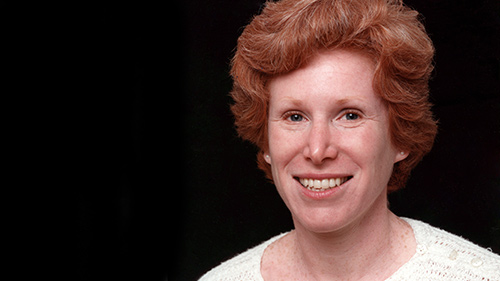
~ Adele Goldberg ~
5. Elizabeth Feinler
A list of famous women in Technology from the past would be incomplete without featuring Elizabeth Feinler. Born in 1931, Feinler was the first person in her family to attend University. After completing her undergrad, she began pursuing a PhD in biochemistry but discontinued when she began working at the Stanford Research Institute (SRI).
In 1969, Feinler was hired by the Network Information Center at SRI to contribute to the development of the APRANET which was a decentralised network created by the US Defense Department for the purposes of connecting, sharing, and developing research. Initially, she was instructed to put together a resource notebook but quickly became the editor of the APRANET Resource Handbook. Her primary tasks included helping users access and use the handbook, maintaining a network directory and developing guidelines as to how the handbook should be properly used. Her team also hosted a 24/7 telephone helpline available to users.
The Network Information Centre can be recognised as a ‘prehistoric google’. They were the first organisation to publish resources and directories for the Internet by creating the original ‘white pages’ and ‘yellow pages’. By the late 1980’s, they had adopted a domain name system, led by Feinler and her team which became the building blocks for the modern internet today. Feinler’s work is attributed to the use of .com, .edu, .gov, etc in our website URL’s!
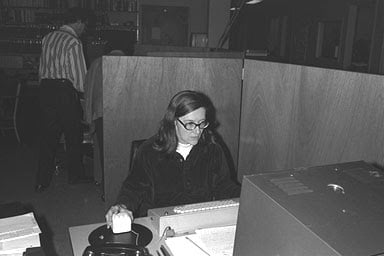
~ Elizabeth Feinler ~
This is part 1 of a 2 part blog series so make sure you keep an eye out for part 2 which will be about famous women in Technology from the present! If you have any questions or comments about the content of this blog, please contact BPD Zenith.


